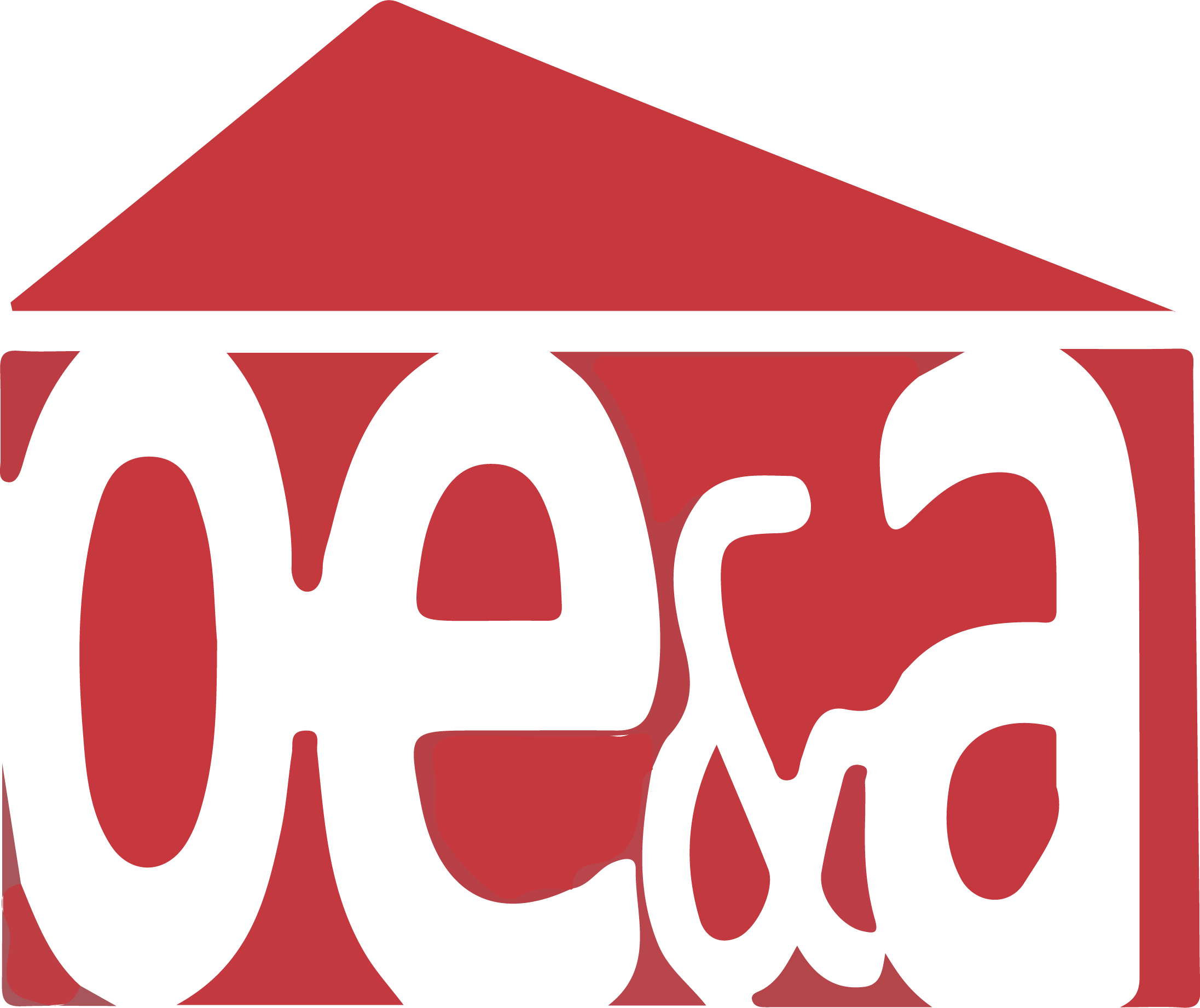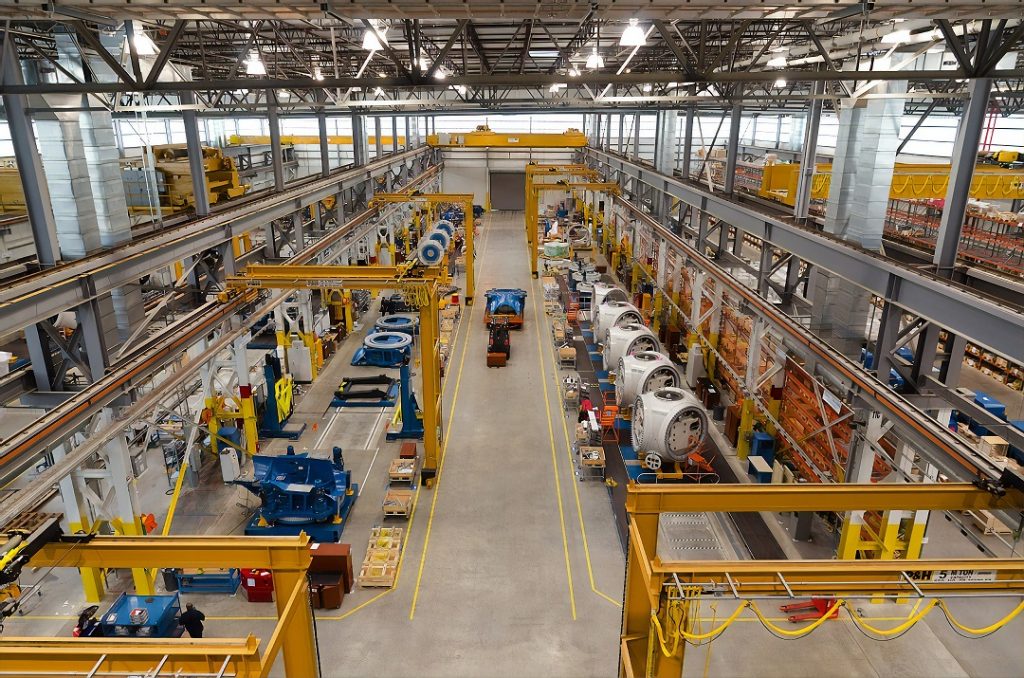The term ‘facilities’ in business context is defined as premises and services required to
accommodate and facilitate business activity. It provides the business environment in
which an organisation interacts with its stakeholders – customers, suppliers, houses its
workforce and supports its processes.
The term ‘business’ represents entities that conduct or carry out activities necessary to
produce the desired output or outcomes and resources are defined as inputs into the
production process or utilised or consumed in provision of services.
According to Grant (2010), an organisation’s pool of strategic resources and
capabilities consists of intellectual assets/capital and the physical/financial assets.
Facilities and location are key components of the physical assets of an organisation’s
strategic resources and capabilities.
Generally, a business organisation’s strategic objective and mandate is to create and
deliver uniquely superior and thereby differentiated value offerings to stakeholders to
achieve a position of competitive advantage.
The critical components of an organisation’s value offerings i.e. the value perceived by
the customer is summative composite of any individually weighted value elements that
contribute to the ultimate value bundle – brand, technical functionality, price and bling
bling.
How can facilities contribute to an organisation’s value offerings differentiation?
For a resource to be recognised as strategic, it must contribute to business value
offerings differentiation of the value elements, and achievement of competitive well-
being of the organisation.
Facilities and location are strategic resources that can be configured and exploited to
drive the organisation’s competitive strategy of differentiation and achievement of
competitive advantage. For example, a luxury hotel located in close proximity to an
airport or water front is differentiated by its location and luxury facilities.
Other examples include:
- Facilities with compelling workplace design and high sustainability rating
contribute to brand identification. Branding is a driver of business value
offerings differentiation. - Smart workplace design attracts and retains world-class tech talents that deliver value offerings of high technical functionalities.
- Cost optimization of facilities solutions may impact on price differentiation of the business value offering.
Based on the above, facilities are considered as a strategic resource. Therefore, including facilities as a strategic resource with the three other key strategic resources/capabilities (people, finance and technology) enhances the business platform for high performance and achievement of strategic direction.
Abdulmalik Ora Egbunike: M.Sc (Reading), MBA (Henley), FRICS, FNIVS, FIWFM, F.IoD, FBR


